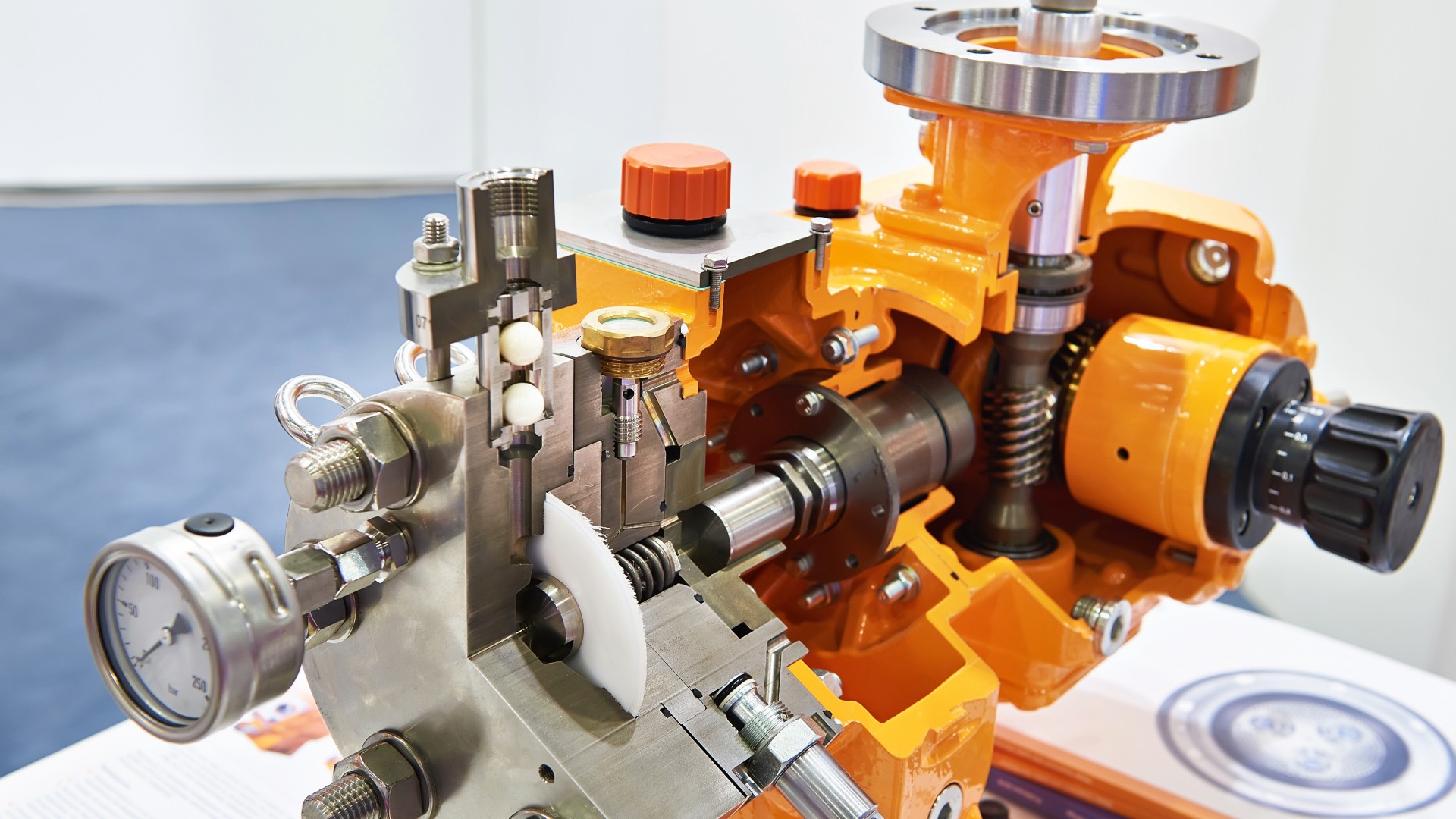Hydraulic diaphragm pumps play a major role in modern industrial and municipal operations where energy efficiency, reliability, and precision are paramount. In an era where reducing operational costs, meeting regulatory standards, and advancing sustainability initiatives are top priorities, these pumps stand out for their ability to deliver consistent performance with minimal energy waste. Pumping systems form the backbone of sectors such as mining, oil and gas, heavy manufacturing, and municipal water management, industries where even small efficiency gains can translate into significant cost savings. Choosing the right hydraulic diaphragm pump technology is therefore not just a matter of performance, but a strategic decision that impacts long-term reliability, productivity, and environmental sustainability.
Modern hydraulic diaphragm pumps are engineered to provide high efficiency while maintaining precision and durability across challenging industrial environments. These systems excel at handling abrasive fluids, slurries, chemicals, and other demanding materials, making them a preferred choice in mining operations, chemical processing, and heavy industry applications. By converting mechanical input into reliable hydraulic output with minimal losses, they help organizations reduce energy usage while sustaining consistent operational performance.
Beyond general industrial applications, specialized pumps are critical for tasks that require variable flow control, adaptive pressure handling, and energy-conscious operation. Hydraulic-driven diaphragm pumps are particularly effective in municipal water systems and industrial processes where performance and efficiency must be carefully balanced. Similarly, hydraulic dredging pumps play a key role in sediment removal, dredging operations, and large-scale fluid transfer, ensuring dependable performance even under heavy-duty conditions.
Energy-efficient pumping is important for reasons more than just saving money. Modern pumping systems may also help organizations minimize their carbon footprint, improve compliance with environmental standards, and increase operational predictability. In order to enable operators to dynamically optimize energy use, modern pumps are being included into systems that use smart sensors, variable speed drives, and real-time monitoring technology.
By implementing these advanced pumping solutions, engineering managers, project contractors, and procurement teams may take advantage of the systems’ dependability and versatility while also achieving noticeable energy consumption savings. Decision-makers may customize solutions to meet particular operational needs by using hydraulic-driven diaphragm pumps and hydraulic dredging pumps sparingly. This ensures optimal efficiency and reliable performance in a variety of industrial and municipal settings.
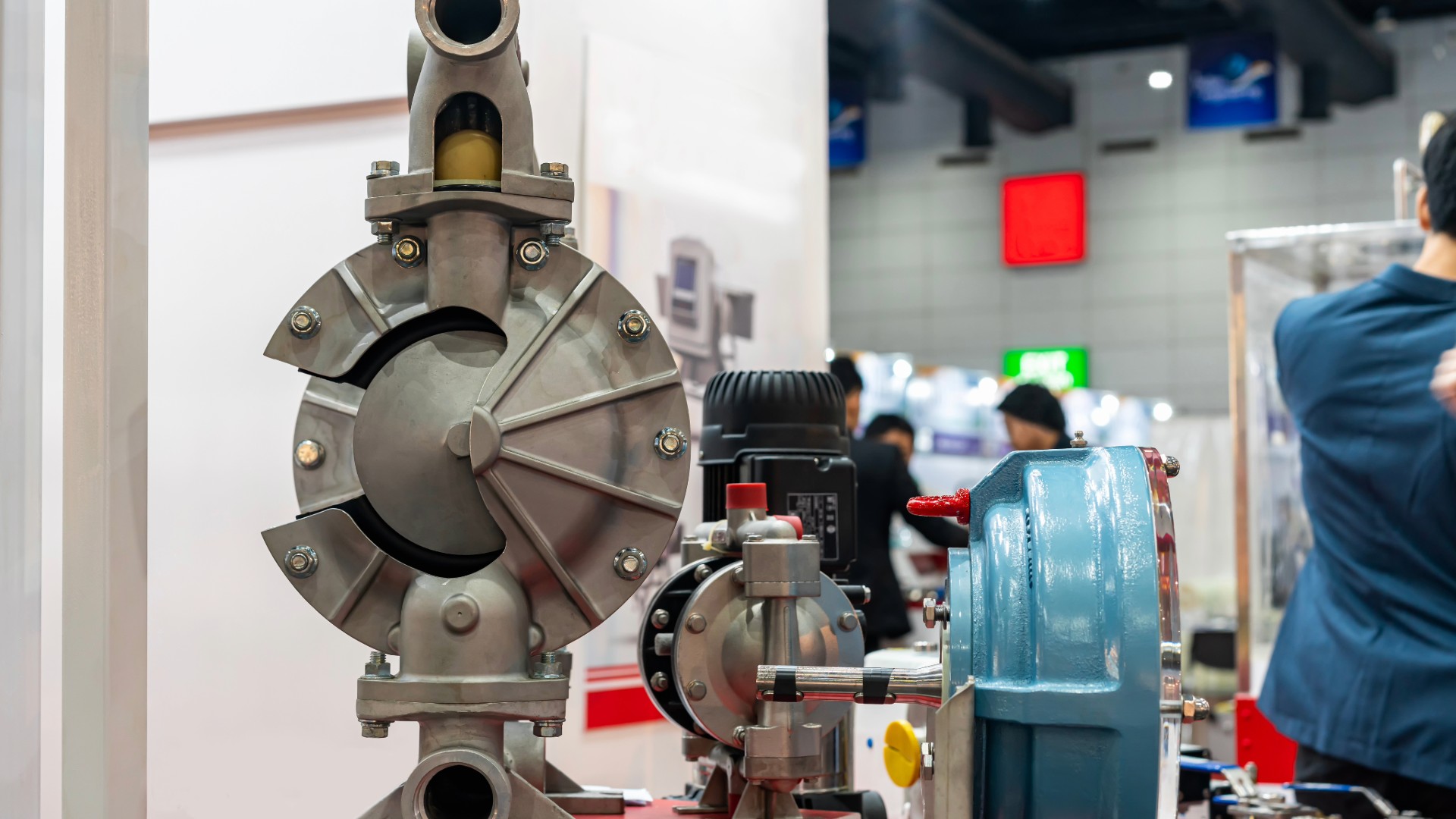
How Hydraulic Diaphragm Pumps Achieve Energy Efficiency
Energy efficiency is a critical consideration for industrial and municipal pumping systems, where operational costs are heavily influenced by energy consumption. Hydraulic diaphragm pumps are designed to optimize energy use by minimizing mechanical losses and ensuring precise fluid control, making them an ideal choice for applications where both efficiency and reliability are required.
One of the key factors contributing to the efficiency of hydraulic diaphragm pumps is their ability to convert mechanical input energy into hydraulic output with minimal waste. Unlike conventional pumping systems that rely on constant speed operation, these pumps maintain consistent performance even under variable load conditions, reducing unnecessary energy expenditure. This capability is especially valuable in mining, oil and gas, and heavy industry operations where fluid properties and flow requirements can fluctuate.
Because hydraulic-driven diaphragm pumps provide precise control over pressure and flow rates, they further improve energy efficiency. Over time, its adaptive architecture can result in considerable savings in operating expenses by ensuring that energy is only consumed when necessary. This managed energy use is essential for achieving sustainability and performance goals in industrial dredging and municipal water management applications.
Similarly, hydraulic dredging pumps are engineered for demanding applications such as sediment removal and slurry handling. By maintaining high efficiency under heavy-duty conditions, these pumps minimize energy losses while delivering consistent hydraulic output. Their robust design allows them to handle abrasive materials without sacrificing performance, making them a reliable, energy-efficient solution for long-term operations.
Modern hydraulic diaphragm pumps also integrate seamlessly with energy-saving technologies such as variable speed drives, advanced control systems, and real-time monitoring. These features allow operators to optimize system performance continuously, ensuring that pumps consume only the necessary amount of energy to meet operational demands. By combining durable design with intelligent control, hydraulic diaphragm pumps help organizations reduce electricity costs, improve sustainability, and extend the life of pumping equipment.
Incorporating hydraulic-driven diaphragm pumps and hydraulic dredging pumps into industrial and municipal systems enables operators to achieve maximum efficiency across a variety of applications. From mining operations requiring precise slurry management to municipal water projects demanding reliable dredging performance, these pumps provide an energy-efficient, high-performance solution tailored to the needs of modern industrial facilities.
High-Performance Pump Types for Maximum Savings
Selecting the right pump type is critical to achieving energy efficiency and cost savings in industrial and municipal operations. Hydraulic diaphragm pumps stand out for their ability to handle challenging fluids while maintaining consistent performance and low energy consumption. These pumps are designed for durability and precision, making them suitable for mining, oil and gas, heavy industries, and municipal water management.
Servo Hydraulic Pumps
Servo hydraulic pumps offer adaptive speed and pressure control, which allows energy usage to be adjusted dynamically based on system demand. When paired with hydraulic diaphragm pumps, they deliver reliable performance while minimizing energy waste. This makes them ideal for industrial processes where fluid properties and flow rates fluctuate.
Radial Piston Pumps
Radial piston pumps provide high-pressure, energy-efficient performance in demanding industrial environments. Their robust design ensures durability under heavy loads and variable operating conditions. Combining radial piston pumps with hydraulic-driven diaphragm pumps allows operators to optimize both efficiency and throughput in mining and heavy industry applications.
Hydraulic Dredging Pumps
For specialized applications such as dredging, slurry transfer, or sediment management, hydraulic dredging pumps offer targeted energy-efficient solutions. These pumps maintain consistent performance while handling abrasive or dense materials, making them ideal for municipal water projects and large-scale industrial fluid transfer.
By selecting the right combination of hydraulic diaphragm pumps, hydraulic-driven diaphragm pumps, and hydraulic dredging pumps, operators can maximize energy efficiency, reduce operational costs, and improve system performance across a variety of industrial and municipal applications.
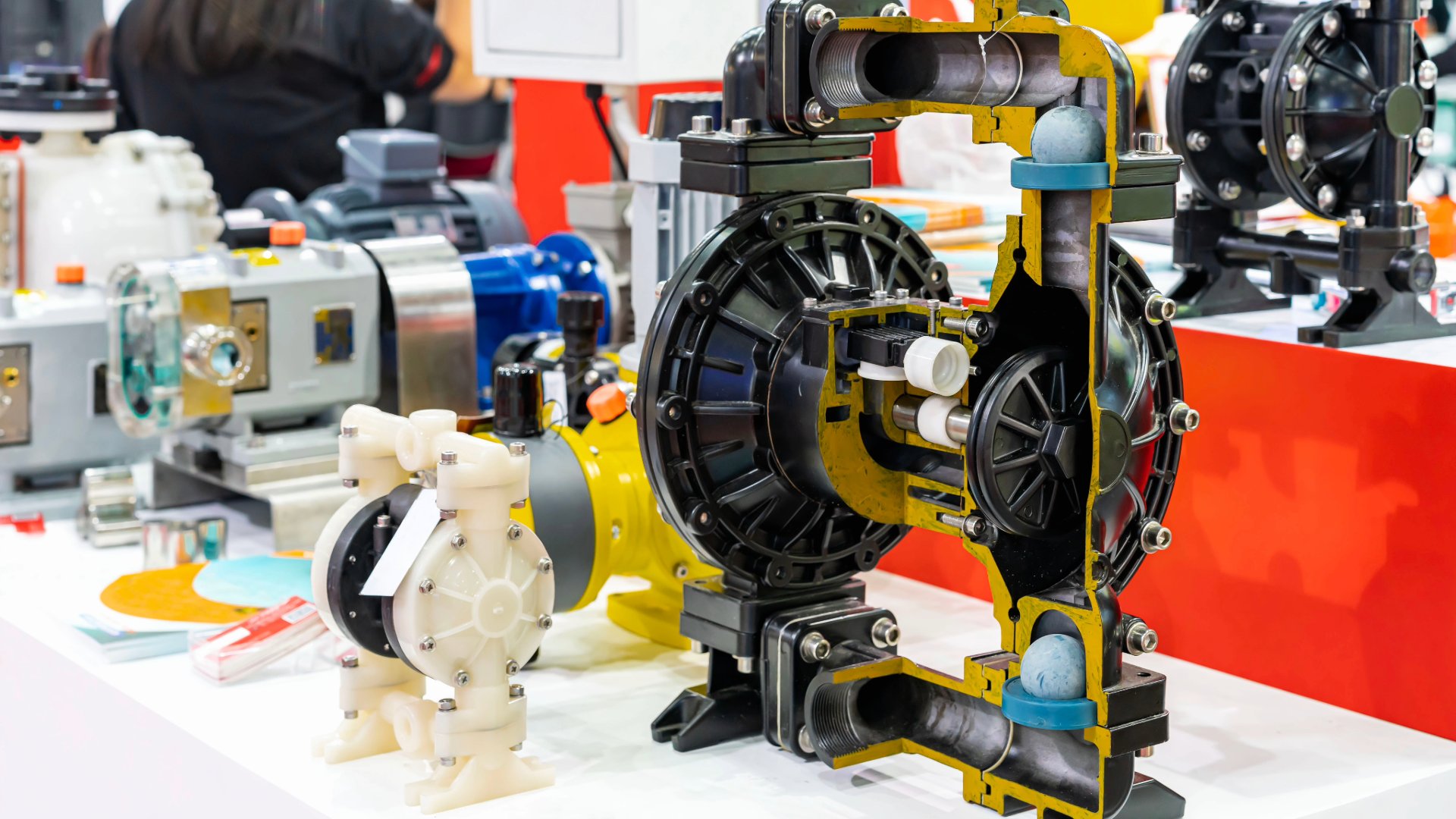
Best Practices for Optimizing Pump Performance
Maximizing the efficiency and lifespan of pumping systems requires more than just selecting the right technology. Proper implementation, operation, and maintenance of hydraulic diaphragm pumps are critical for achieving energy savings and reducing operational costs in industrial and municipal applications.
Pump Selection and Sizing
Choosing the correct pump type and size is the first step toward optimal performance. Oversized or undersized pumps can lead to unnecessary energy consumption and increased wear. Properly sizing hydraulic diaphragm pumps ensures that the system operates at peak efficiency under normal load conditions. Integrating hydraulic-driven diaphragm pumps for variable loads allows operators to maintain energy efficiency without compromising flow rates.
Variable Speed Drives (VSDs)
Installing variable speed drives or frequency converters allows pumps to adjust dynamically to system demand. Hydraulic diaphragm pumps equipped with VSDs consume only the energy necessary for the task, reducing electricity costs and minimizing mechanical stress. In applications such as dredging or fluid transfer, hydraulic dredging pumps with VSDs offer significant savings while maintaining consistent performance.
System Optimization
Efficient system design is crucial to reducing energy losses. Optimizing pipe layout, minimizing bends, and avoiding unnecessary throttling valves help hydraulic diaphragm pumps achieve better energy efficiency. These improvements also enhance the performance of hydraulic-driven diaphragm pumps and hydraulic dredging pumps, ensuring that energy is not wasted due to pressure drops or flow restrictions.
Maintenance and Monitoring
Regular inspection and monitoring of pump systems helps sustain energy efficiency over time. Routine maintenance ensures that hydraulic diaphragm pumps remain in peak operating condition, while monitoring allows operators to detect early signs of wear or inefficiency. Implementing predictive maintenance strategies with hydraulic-driven diaphragm pumps and hydraulic dredging pumps further enhances energy efficiency and system reliability.
By following these best practices, organizations can ensure that their hydraulic pumping systems operate at maximum efficiency, reduce energy consumption, and extend the life of critical equipment.
Cost Savings and ROI
Investing in energy-efficient pumping systems can have a substantial impact on operational costs, particularly in industrial and municipal applications where pumps run continuously or handle demanding materials. Hydraulic diaphragm pumps are designed to deliver high performance while minimizing energy consumption, making them a cost-effective choice for organizations seeking both efficiency and reliability. By reducing unnecessary energy use, these pumps can significantly lower electricity bills over the lifetime of the equipment.
In addition to energy savings, hydraulic diaphragm pumps reduce maintenance costs. Their durable design and ability to handle abrasive, corrosive, or viscous fluids without damage extend operational life and reduce downtime. This reliability translates directly into lower repair expenses and fewer production interruptions, improving overall system ROI.
Additional cost benefits are provided by hydraulic-driven diaphragm pumps, which allow for accurate flow and pressure control. In applications with varying load needs, its adaptive functioning guarantees that energy is only utilized when necessary, preventing waste. This accuracy can result in quantifiable cost savings while preserving system performance in industrial dredging projects, municipal water management, and oil and gas operations.
Similarly, hydraulic dredging pumps provide long-term cost benefits for projects involving sediment removal, slurry transport, or large-scale fluid transfer. Their robust construction and energy-efficient operation minimize wear and tear, lowering the total cost of ownership over the life of the pump. By integrating these pumps into modern hydraulic systems, organizations can achieve a strong return on investment through a combination of energy savings, reduced maintenance, and improved reliability.
Ultimately, implementing hydraulic diaphragm pumps, alongside hydraulic-driven diaphragm pumps and hydraulic dredging pumps, allows project managers, procurement heads, and engineering teams to quantify operational savings, justify capital expenditures, and make data-driven decisions that enhance the efficiency and profitability of their pumping systems.
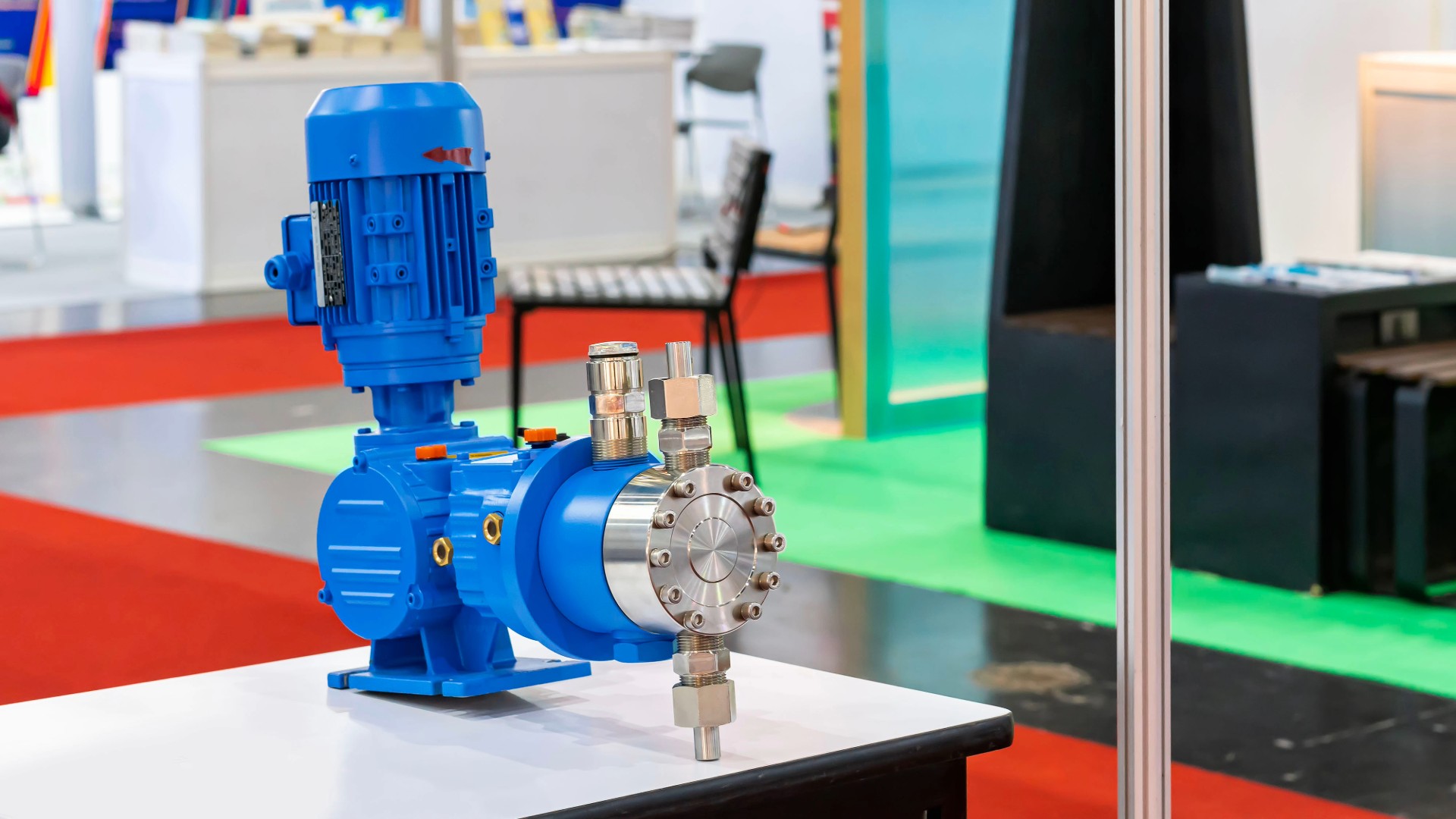
Real-World Applications
The flexibility and efficiency of hydraulic diaphragm pumps make them indispensable across a variety of industrial and municipal applications. In mining operations, these pumps are used to handle abrasive slurries, chemical solutions, and high-density fluids, where consistent flow and energy efficiency are critical. Their durable construction and precise hydraulic output allow operators to maintain productivity while minimizing energy waste, making them a preferred choice in demanding environments.
Hydraulic diaphragm pumps are used in the oil and gas sector for process support, chemical injection, and fluid transfer. Their resilience guarantees dependability in challenging industrial settings, and their capacity to function well under varying load situations contributes to lower operating costs. Performance is further improved by integrating hydraulic-driven diaphragm pumps, which optimize energy utilization in complicated systems by offering accurate flow and pressure control.
Municipal water management projects also benefit from energy-efficient pumping solutions. Hydraulic dredging pumps are commonly employed in sediment removal, dredging of reservoirs, and large-scale water transfer operations. These pumps maintain high efficiency while handling heavy materials, helping municipalities achieve cost-effective water management and compliance with environmental regulations.
Additionally, heavy industries such as steel manufacturing, chemical processing, and power generation rely on hydraulic diaphragm pumps for consistent, energy-efficient fluid handling. By combining hydraulic-driven diaphragm pumps and hydraulic dredging pumps, these sectors can achieve improved operational efficiency, reduced energy consumption, and lower maintenance costs.
Through these real-world applications, it is clear that hydraulic diaphragm pumps, along with their specialized variants, provide reliable, energy-efficient, and cost-effective solutions across a wide range of industrial and municipal contexts. Their integration not only supports operational performance but also contributes to long-term sustainability and financial savings.
Emerging Trends and Future Outlook
The landscape of industrial and municipal pumping is evolving rapidly, driven by the need for energy efficiency, reliability, and cost-effectiveness. Modern hydraulic diaphragm pumps are increasingly integrated with smart monitoring technologies, predictive maintenance tools, and energy-optimization systems. These innovations allow operators to track pump performance in real time, anticipate maintenance needs, and minimize energy losses, resulting in more sustainable and cost-effective operations.
Furthermore, operators can now precisely adjust flow and pressure across different operating loads thanks to the use of hydraulic-driven diaphragm pumps with sophisticated control capabilities. In both industrial and municipal settings, this flexibility guarantees that energy is used effectively, lowering power costs and promoting regulatory compliance.
Hydraulic dredging pumps are also benefiting from technological advancements, with improvements in materials, design, and monitoring systems enhancing their efficiency and durability. These pumps are now capable of handling more demanding tasks with lower energy consumption, making them ideal for large-scale dredging, sediment removal, and industrial slurry applications.
Looking ahead, continued innovation in high-efficiency pump designs, IoT-enabled monitoring, and predictive analytics will further enhance the performance and energy efficiency of hydraulic diaphragm pumps and their specialized variants. Organizations that adopt these emerging technologies can expect reduced operational costs, extended equipment life, and improved sustainability outcomes, ensuring that hydraulic pumping systems remain a strategic asset in modern industrial and municipal operations.
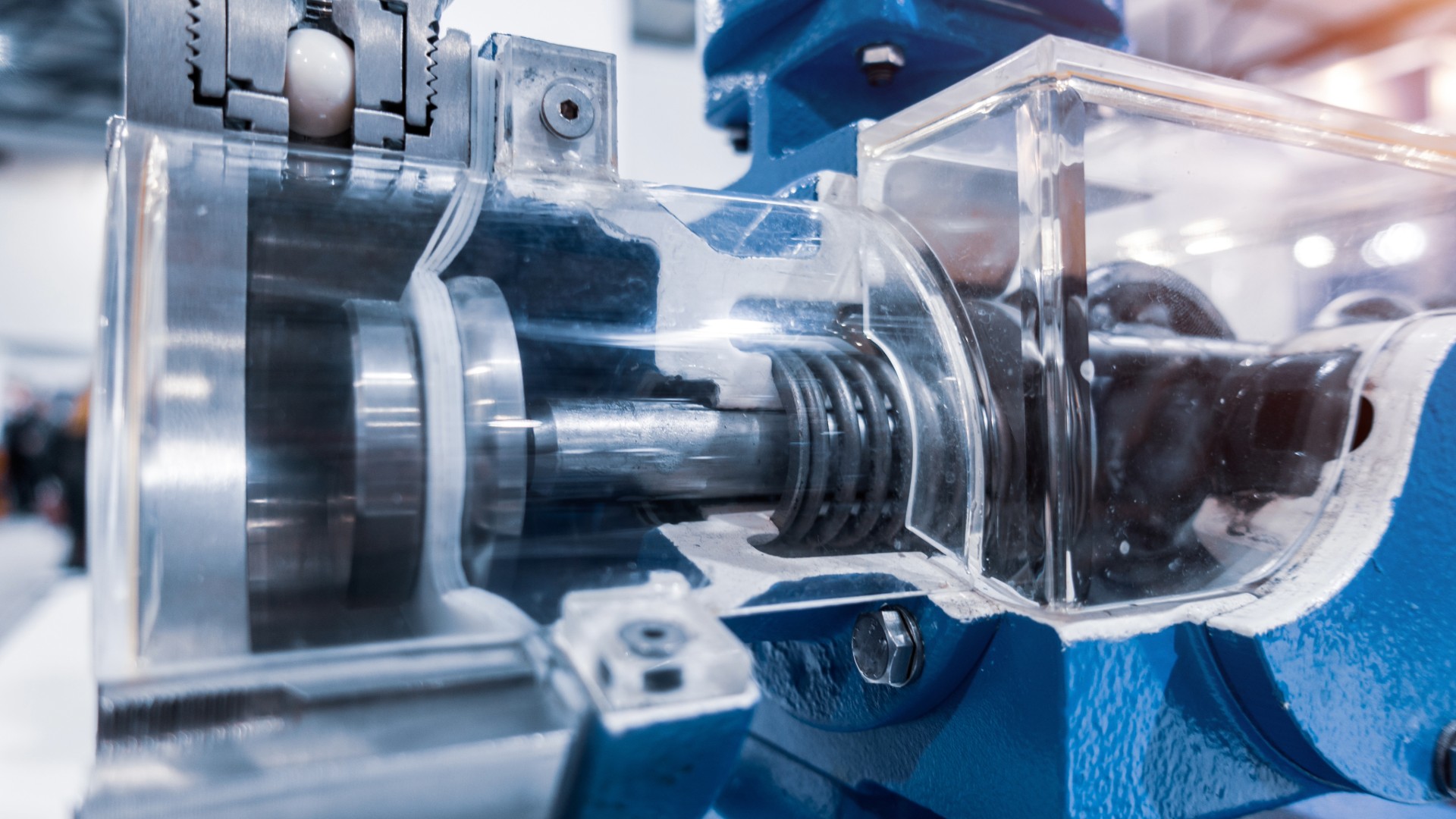
Final Insights on Energy Efficiency and Pump Performance
Implementing hydraulic diaphragm pumps in industrial and municipal operations offers a strategic combination of energy efficiency, operational reliability, and cost savings. These pumps are engineered to handle demanding fluids and variable loads, making them highly effective in industries such as mining, oil and gas, heavy manufacturing, chemical processing, and municipal water management. Their ability to maintain consistent hydraulic performance while reducing energy consumption makes them an essential component of modern pumping systems.
The use of hydraulic-powered diaphragm pumps further improves system efficiency by enabling accurate control of pressure and flow rates. This flexibility ensures energy is used only when required, reducing waste and electricity consumption. In demand-varying applications, such municipal water distribution or process industries, these pumps provide the adaptability to react quickly to operational demands, enhancing system performance and reducing operating expenses.
Hydraulic dredging pumps offer long-lasting and energy-efficient solutions for specific jobs, including dredging, silt removal, and slurry transfer. They are perfect for long-term projects in mining, construction, and municipal water management because of their sturdy design, which enables them to function under demanding circumstances without compromising efficiency. These pumps promote sustainable operations by lowering maintenance costs and downtime while providing dependable performance even when handling high-density or abrasive materials.
Beyond energy savings and cost reduction, adopting modern hydraulic pumping systems offers broader operational benefits. Real-time monitoring, variable speed drives, and predictive maintenance technologies can be integrated with hydraulic diaphragm pumps to provide actionable insights into system performance. This allows engineering teams to anticipate maintenance needs, extend equipment life, and maintain peak efficiency, all of which contribute to stronger ROI and long-term strategic value.
By selecting the right combination of hydraulic diaphragm pumps, hydraulic-driven diaphragm pumps, and hydraulic dredging pumps, organizations can create a flexible, energy-conscious pumping strategy tailored to their unique operational demands. This approach not only ensures immediate efficiency gains but also supports long-term sustainability, compliance with environmental regulations, and reduced carbon footprint.
Ultimately, investing in high-performance, energy-efficient pumping solutions positions organizations to achieve operational excellence while balancing cost, efficiency, and environmental responsibility. From mining operations and heavy industry to municipal water management and dredging projects, these modern pumping systems provide a reliable foundation for sustainable, high-performance operations today and in the future.
